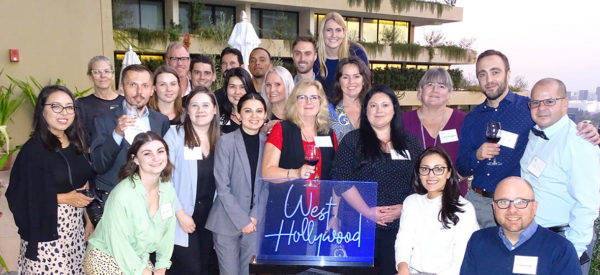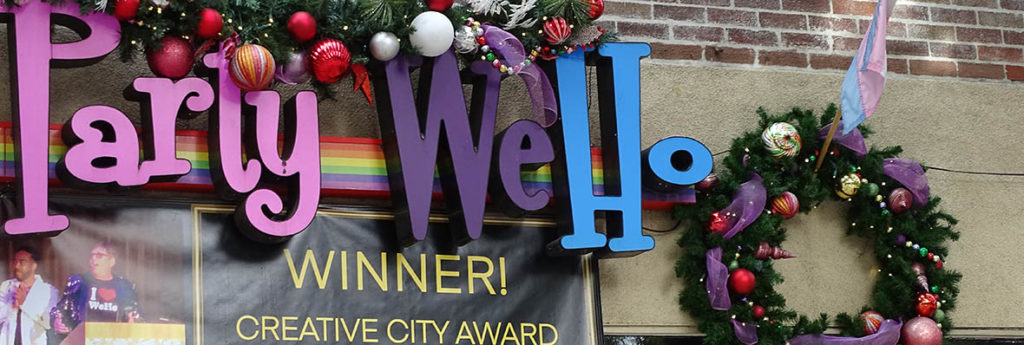Los Angeles is a famous for its size and infamous for its traffic (and limited transit system), often causing consternation for non-Angelinos as to the best place to pitch their tent when visiting the city for a few days of site-seeing, theme parks, shopping or celebrity spotting.
Recently, my niece faced just such a dilemma, even going so far as to chart transit times from various prospective hotels to Hollywood, the beach/pier at Santa Monica, Universal Studios and the Warner Bros. tour, and even distant Disney in Anaheim.
Jeff Morris is quick to offer a solution the problem: West Hollywood. Granted, the CMO of the West Hollywood Travel & Tourism Board has a horse in the race, but it’s hard to dispute that his domain is “right in the centre of greater L.A.” and makes an ideal base from which to explore the wider metropolis, or simply to catch the quintessential L.A. vibe in a walkable 4.9-sq.-km. neighbourhood that is neatly nestled in between Hollywood and Beverly Hills.
West Hollywood, or WeHo, has recently been raising its profile as a destination distinct from its noteworthy neighbours. “The world over, people know Hollywood,” says Morris, “but West Hollywood is the heart of L.A., both geographically and metaphorically. It’s always been the heart; people just didn’t know what it was.”
What people do know are names like the Sunset Strip and Santa Monica Boulevard, and the Design District – all part of West Hollywood.
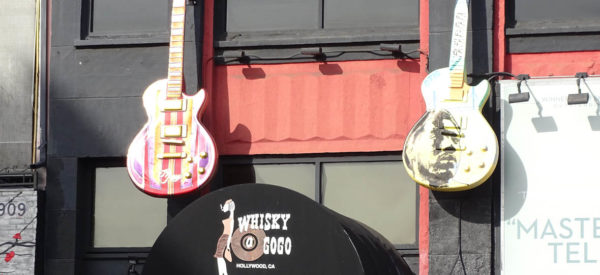
It’s also the address of dozens of noteworthy venues, from hotels to restaurants and nightclubs that fuel memories of the days and haze of celebrity culture of the ‘60s and ‘70s – names like the Sunset Marquis “rock and roll hotel” and clubs like the Troubadour and Whisky a Go-Go. Even non-descript diners like Barney’s Beanery are celebrated for famous past patrons like Quentin Tarantino, who penned film scripts there, while guests can rent the (preserved) room that Jim Morrison lived in at the Alta Cienega Motel in the ‘60s or, perhaps morbidly, linger on the spot outside the Viper Room on the Strip where young actor River Phoenix died in 1993.
“The city holds on to that DNA of being rebellious,” says Morris. “It’s always celebrated that, from the ‘60s, ‘70s and ‘80s, but we’re always looking forward. There’s something here, something intangible. As trends evolve, WeHo is always on the edge.”
Erik Hines agrees. The born and bred Angelino works for Bikes and Hikes Experience L.A., guiding tourists on informative cycling tours around the city. “West Hollywood is the place to come to do things that you will remember forever, but for the next few days will forget,” he laughs, pointing to the traditional “migration” of the rich and famous from sedate Beverly Hills to party all night in WeHo – a tradition that “continues today.”
WeHo’s eclectic spirit is also reflected in its thriving LGBTQ community, which celebrates a “fun, boisterous, playful vibe and open-minded alternative lifestyle,” along Santa Monica Boulevard – notably the stretch between San Vincente and Robertson, which Hines likens to “Mardi Gras every night.”
The city’s progressive edge is illustrated by the recent opening of the first cannabis consumption restaurant in the US – the Original Cannabis Café – last October, where guests can choose strains of marijuana with names like Honey Flower and Monster Cookies from a lengthy list on a clipboard menu, then order munchy-inspired food items from a separate server. (The two disciplines by law cannot mix – there are no pot brownies!) The results come pre-rolled and can be smoked on site, with ventilators above tables in the outdoor section. I.D., which is entered into a computer, is required to get in, no matter the age. (Though a driver’s license is adequate for most Canadians, Quebeckers, for reasons unknown even to the doormen, must produce a passport instead).
More such lounges, including one dedicated to edibles only, are on the way in 2020.
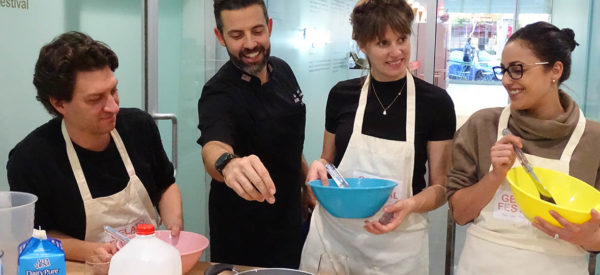
At the opposite end of the scale, “Lemon Sherbet” actually means ice cream, not whacky tabacky, at the Gelato Festival on Melrose Avenue, an artisanal gelateria where one can cool off with a cup or two, or, better still, join a class to learn how to make the Italian delicacy.
Such variety of experience is the calling card of WeHo, says Bill Karpiak, GM of the Ramada Plaza West Hollywood, who admits to having “been around longer than most” in the city, and who remembers when it was incorporated in 1984 and has since watched the demographic evolve with a burgeoning gay community and the arrival of diverse new residents who help make it “the U.N. of the West coast.”
“It’s an extraordinary city, not like any other,” he says, adding, “We have creativity coming out the yin-yang. If you’re into music, art, fashion, film, clubbing, it’s all here. And great year-round weather.”
And while music history and celebrity culture are paramount in WeHo, other niches are clamouring for attention. Last fall, for example, the city’s first Eat + Drink Week was launched, a 10-day cornucopia of food and beverage designed to put the spotlight on the city’s 150-plus restaurants and bars – venues that range from simple, but critically acclaimed gourmet pies at Pizzana, to trendy new vegan restaurant Fresh on Sunset, or the stylish Pump, where guests dine in a “magical garden” with twinkling lights and burning flame posts.
“While we’ve always known that the culinary landscape of West Hollywood is a highlight of a visit here, recent research shows that the restaurants and bars are among the top motivating factors for travellers who choose to stay in our town,” said WHTTB’s CEO and president, Tom Kiely at the time.
Equally evolving and “a big change” for WeHo, is the hotel landscape, which now boasts close to 20 hip and historic hotels with more on the way.
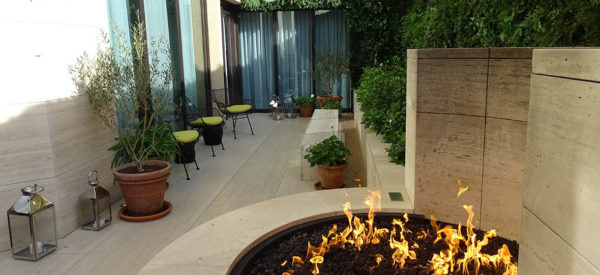
The newest on the scene is the EDITION, a Marriott luxury property that opened in November for those with a “a young mind-set,” according to director of sales Gautier Colin, and which boasts a rooftop pool and bar, basement nightclub, spa, restaurant by Michelin-starred chef John Fraser and, of course, a location on Sunset Boulevard that is “in the centre of everything.”
Another new entry is the exquisite California outdoor-themed 1 Hotel on Sunset, which opened last May; and there are new looks for properties like the Mondrian and the iconic Sunset Tower Hotel.
Next up is Pendry West Hollywood by Montage Hotels and Resorts, (opening this Spring), which will be framed by a “unique maximalist vs minimalist perspective,” according to sales and marketing director Karen Dailey, and feature a curated art collection, vibrant F&B scene including a Wolfgang Puck restaurant, rooftop bar, live music venue, social club and even a bowling alley. She adds, “creativity is the one word that defines the neighbourhood and we will fit into that perfectly.”
Of course, WeHo is also home to several hotels that make the most of their rock and roll heritage, even if they have new branding. The Andaz, for example, is the former Continental Grand Hyatt, which was called the “Riot House” by touring bands like Led Zeppelin, The Who and the Stones in the 1960s and ‘70s. “It’s our history – guests want to see the Robert Plant room. That’s what sets us apart,” says the hotel’s Matt Ojinaga.
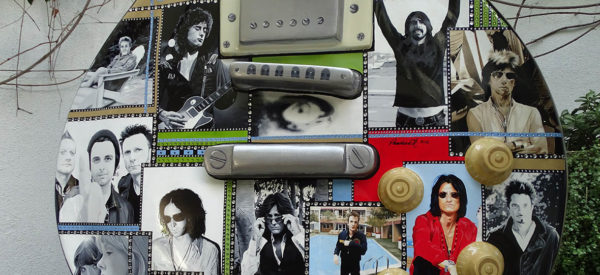
But foremost among the music hotels is the Sunset Marquis, a legendary property that to this day discreetly hosts both music royalty and up to 150 working bands a year for both short and long-stays (some of whom record in the hotel’s state-of-the-art Nightbird basement studio), and whose rock and roll history inspired the 2013 book, “If These Walls Could Rock: 50 Years At the Legendary Sunset Marquis Hotel.”
Set on a remarkable 1.5 hectares just off the Strip, and including 40 villas, guests can stay starting at $700 night, or perhaps just drop by for a drink at one of L.A.’s most legendary bars, where Elton John performed in the ‘70s, or to wander around the property checking out fabulous photo art on the walls and in the Morrison Hotel Gallery, which has framed photos of stars like The Doors, Bowie and The Beatles for sale, many of them taken by celebs themselves.
“West Hollywood is where it is all happening,” sums up WeHo CMO Morris. “This is where the fun really happens. Hollywood is where the business happens; this is where life happens.”
“We’re very different (to Hollywood),” concurs Vanessa Prado of the Kimpton La Peer hotel. “Even if we’re only two miles away.”
